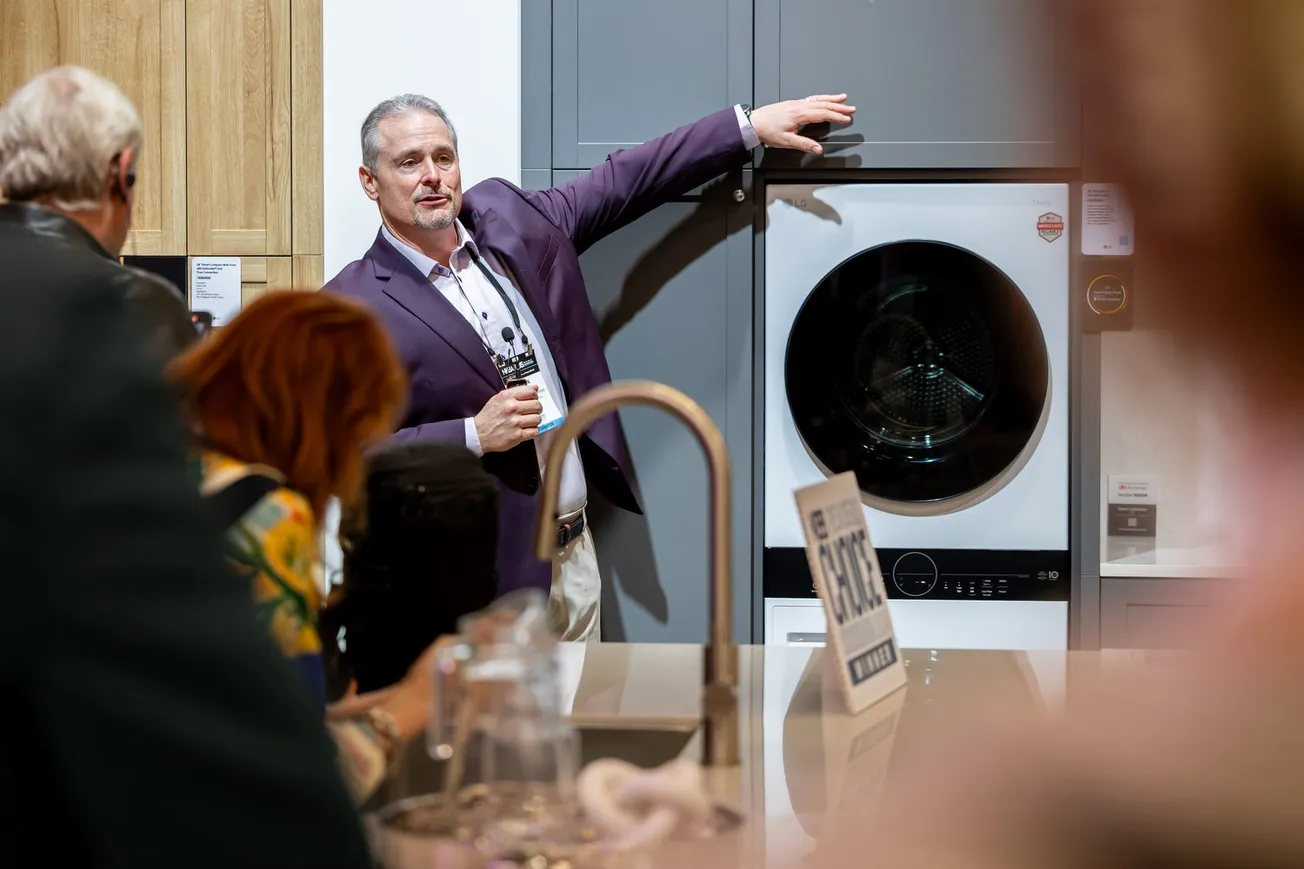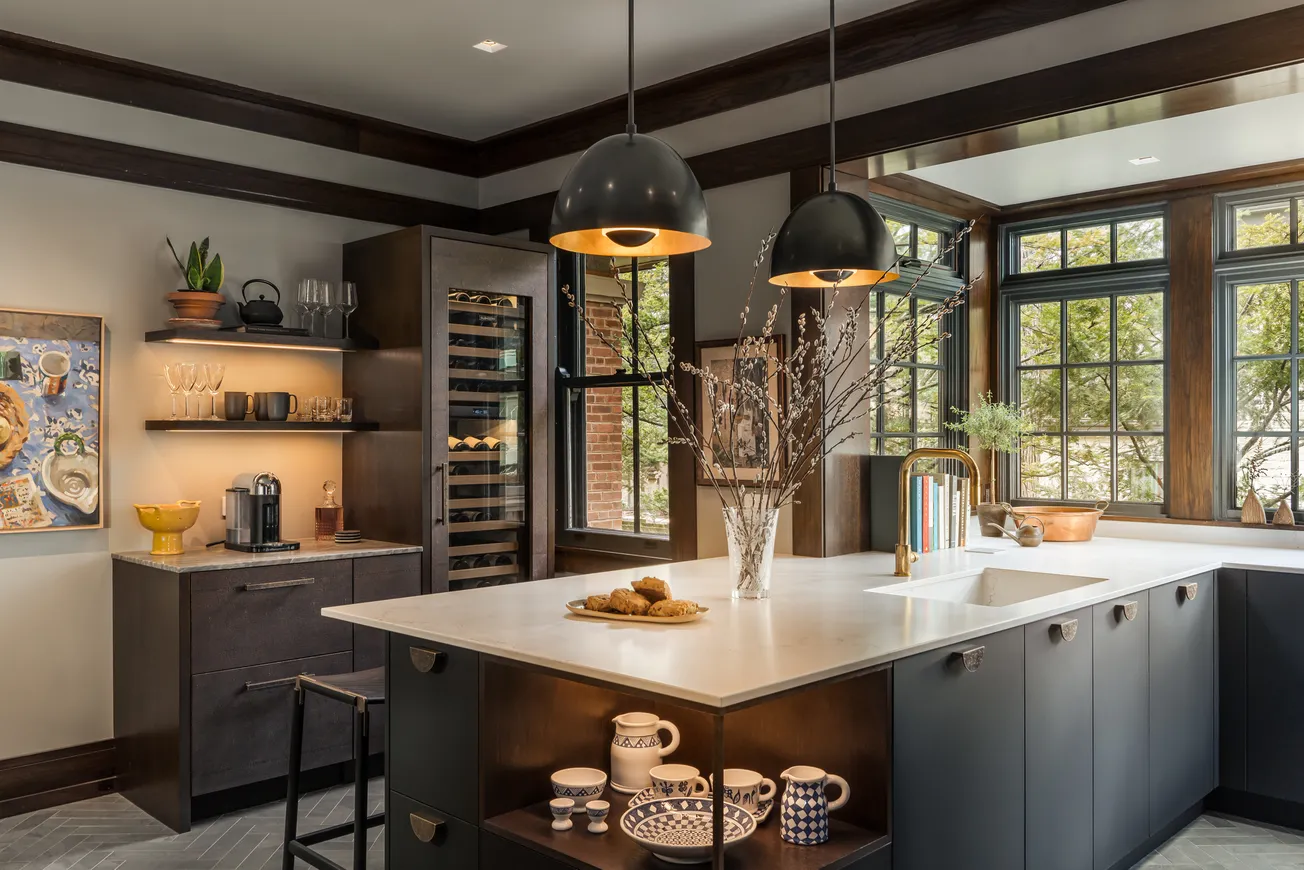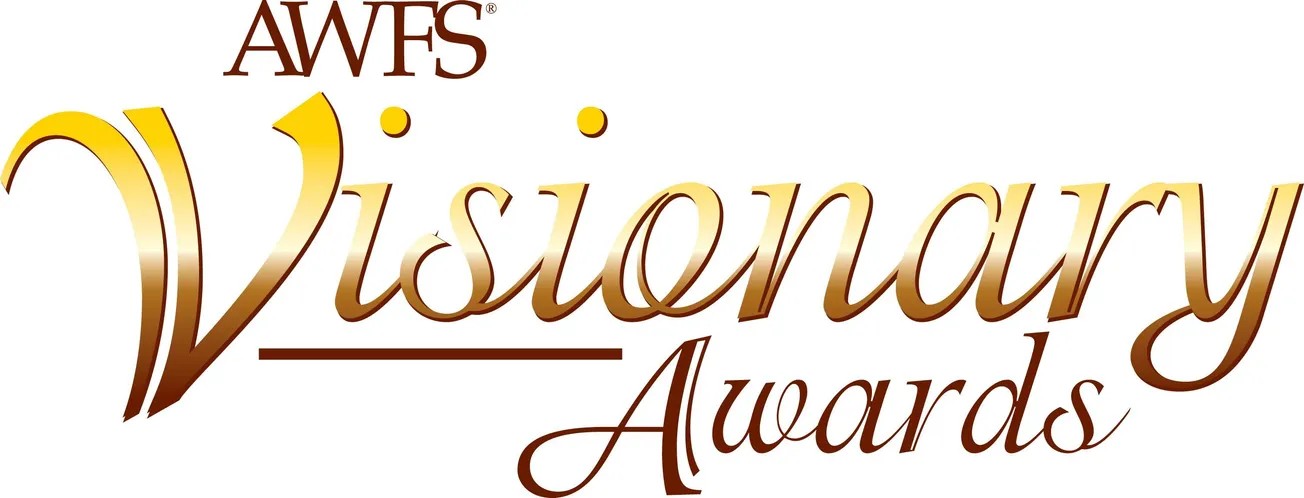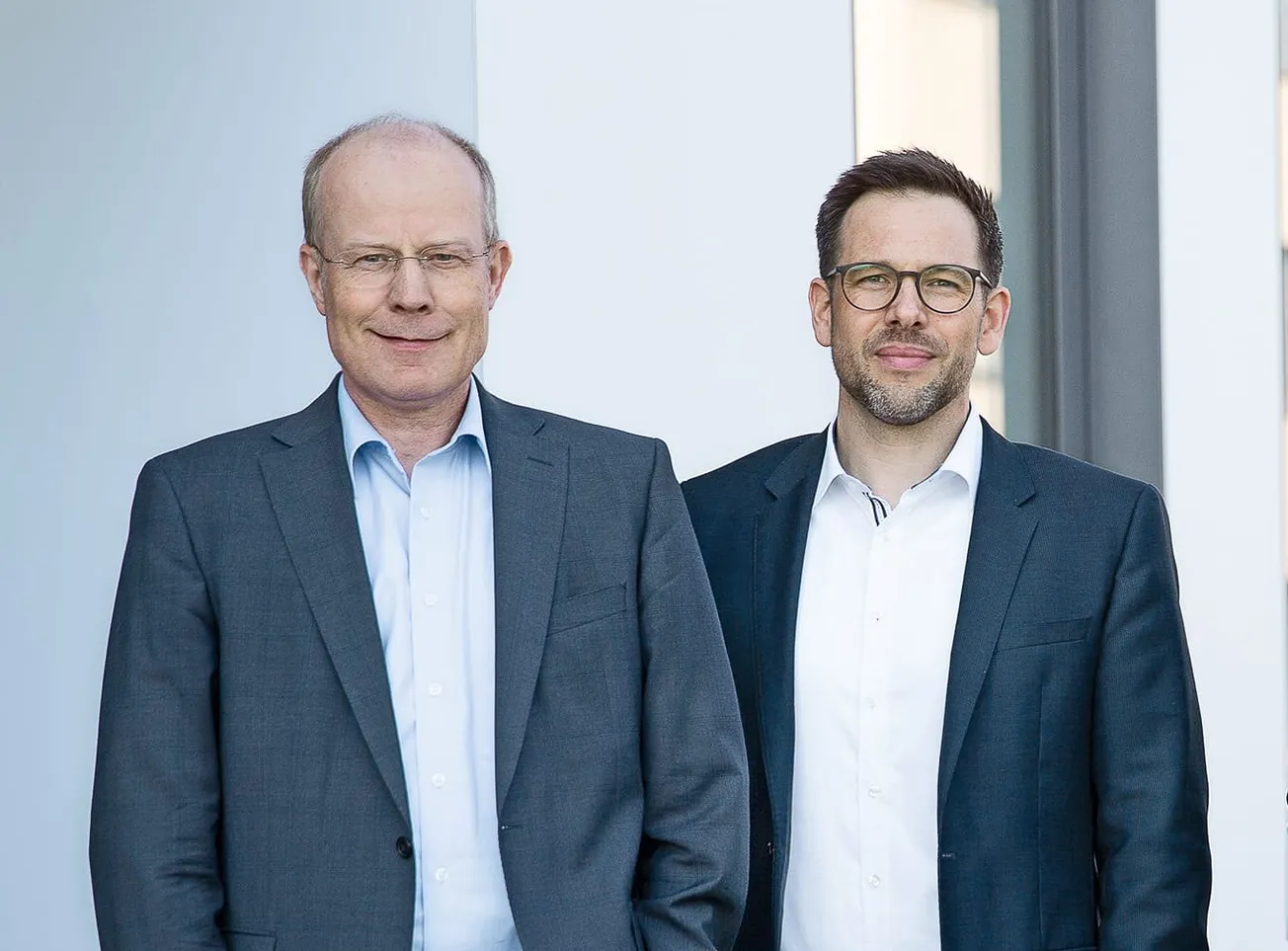Table of Contents
Paperlogic & the Mother of Reinvention
By Rich Christianson
Southworth’s sale of its venerable paper brand triggers ventures into nanocellulose fiber and décor paper markets
Weird and wondrous things happen when pulpwood, the core ingredient of décor paper, is manipulated at the molecular level.
Scientists at the University of Maine have found that shredding pulpwood fibers into cellulose nano fibrils (CNF) as tiny as 5 to 20 nanos and then bringing them back together can produce a lighter, stronger and more durable paper.
To put into perspective just how incredibly infinitesimal a strand of CNF is, consider that 100,000 nanos equate to the thickness of a sheet of paper.
Michael Bilodeau is director of the Process Development Center at UMaine, home to the world’s largest pilot plant for manufacturing CNF.
“Because it forms such a tight network, there is a very good opportunity to make a higher quality décor sheet at lower cost using nanocellulose,” said Bilodeau, who has researched CNF for about a dozen years. “There have been some reports of improved durability such as abrasion resistance.”
Over the past decade, Bilodeau and his team have worked with more than 200 companies, 150 universities and 35 government research labs. In addition to paper, potential commercial uses for CNF include automobile bodies, airplane fuselages, bike frames, tool handles, electronic circuit boards and myriad other products currently made with petroleum-based plastics, fiberglass and other materials. Plus, CNF is being looked at as a building material for 3D printing and as an alternative to urea formaldehyde for making particleboard and medium-density fiberboard.
Paperlogic, one of UMaine’s partners, recently dove headfirst into the manufacture of CNF. The specialty and technical papers division of Southworth Company formed in October 2013 began ramping up North America’s first commercial operation for mechanically producing CNF in May at its paper mill in Turners Falls, Mass.
Producing CNF as a paper-making ingredient for internal use and for sale to outside customers for any potential use is just one of the new product arenas the fifth-generation paper company is targeting to help rejuvenate its business.
Another one of Paperlogic’s newer revenue streams is manufacturing small-batch runs of decorative base papers. They represent just one of the company’s many ongoing efforts to identify and tap into specialty paper markets to fill an impending production void. That void was created when the Southworth brand of fine writing papers – so long in business that Abe Lincoln used them — was sold to Neenah Paper in early 2013.
Robert Binnall Sr., product manager for Paperlogic, said fine writing papers represented about 40 percent of the paper mill’s annual 8,000-ton capacity. As part of the sale, Neenah contracted Paperlogic to continue producing the Southworth brand for about three years. The clock is winding down on that agreement, and Neenah is expected to shift all fine writing paper production to one of its Wisconsin mills by early next year.
Binnall, who was brought to the company because of his 21 years of experience in the decorative laminate industry, said decorative base papers would be a good fit with other Paperlogic specialty products, including art papers, mat and mounting boards and the Byron Weston line of archival papers.
Carving a Niche in Custom Orders
Paperlogic is currently the only North American manufacturer of decorative base papers. Binnall said the company is looking to leverage its proximity to its customers by providing them with expertly matched “niche colors in small volumes.” Paperlogic’s sweet spot is an order of 5,000 pounds and up, but it can produce a roll of paper as small as 1,500 pounds for a customer willing to pay a premium for a one-off color.
Binnall said he thinks Paperlogic more complements than competes with major décor base paper makers such as Technocell and Munjsko, the latter of which closed its décor paper making operations in Fitchburg, Massachusetts, at the height of the Great Recession in 2009.
“The décor paper market worldwide is well over 600,000 tons a year. Given the small volumes we produce, we don’t feel that we are actually stepping on anyone’s toes within the market,” Binnall said. “We’re not going to compete on the commodity white and black papers. Our niche is being nimble and offering custom colors in small volumes, which save our customers on order-to-delivery times and inventories.”
Among its first customers are Olon Industries of Geneva, Ill., and KML Corp., a manufacturer of thermally fused laminate panels based in Tacoma, Wash.
Greg Kozuch, operations manager of Olon’s Geneva facility, said the company has purchased various grades in white, brown and “what we call pale gold” from Paperlogic as a backer for edgebanding, wrapping grade and postforming products since May 2014.
“KML has come to us for various one-off colors for their customers. They buy smaller amounts because it saves them on inventory,” Binnall said.
Scaling Up CNF Production
Paperlogic has yet to produce a next-generation décor paper incorporating CNF for a customer. But the company is still working closely with the University of Maine to develop commercial products. Binnall said he anticipates that Paperlogic will ship décor paper using CNF sometime next year.
In addition, Binnall said, one of the company’s goals is to work with decorative overlay manufacturers to improve their products by incorporating CNF as an additive in their process, which can help reduce the weight and possibly improve formation and clarity.
“We’re helping them develop new paper grades,” Bilodeau said. “We’re helping them characterize materials and identify the range of grades they can make using their equipment on a consistent basis. Some applications require a very fine product, and other applications require a course product.”
Paperlogic also is incorporating CNF in exploratory projects and expects more papers to follow in 2016, Binnall said, including baking papers and release papers, and it plans to use CNF as an additive for other markets such as overlays, cement and adhesives.
Ken Schelling, mill manager and technical director of Paperlogic, said the company is still learning how to optimize the refinement and manipulation of nanocellulose fibers to produce different types of characteristics such as better bonding and tensile strength.
“By making a strong paper at a lighter basis weight, we can make paper using less fiber, which translates into saving money,” Schilling said.
Paperlogic has the capacity to produce 2 tons of CNF a day.
The USDA Forest Service has been a big supporter of CNF research. The agency provided funding to UMaine to develop its nanofiber pilot plant in 2013 and awarded $350,000 toward constructing Paperlogic’s CNF manufacturing plant. In addition, the Forest Service, through its P3Nano Foundation, awarded $350,000 to UMaine to develop an eco-friendly particleboard panels using CNF as a binder.
“Because we reduce wood fibers by 1,000 times, the available cellulose surface that is available to bond is much, much higher. This makes for a stronger bond without having to use a resin (like urea formaldehyde) to make particleboard panels,” Bilodeau said.
Bilodeau said the center, which started the CNF particleboard project in June, does not have a board manufacturing partner but added that he would welcome inquiries.
Schelling concurred that using CNF represents a green alternative for manufacturing wood composite panels.
“The sky’s the limit for CNF,” Schelling said. “I see it as a component for additional strength and a potential replacement for many applications currently using petroleum products.”
“If you look historically, you’ll see that this area was littered with hundreds of paper mills. Now there aren’t many paper makers left,” Schelling said. “To be here still is a testament to this company’s resolve to look at new and innovative ways to stay alive. Our move to décor paper and to cellulose nano fibrels are examples of our company striving to be relevant in today’s marketplace.”
“By making a strong paper at a lighter basis weight, we can make paper using less fiber, which translates into saving money.”
Ken Schelling, mill manager and technical director of Paperlogic
Captions:
1 Robert Binnall Sr., product manager for Paperlogic
4 Ken Schelling, Mill manager and technical director for Paperlogic










